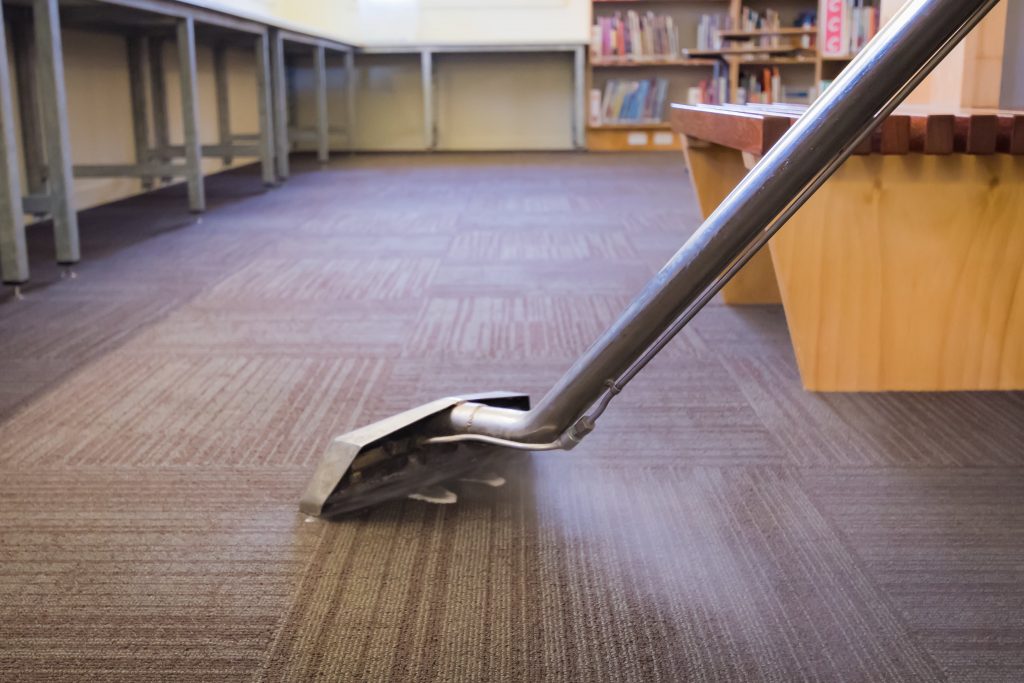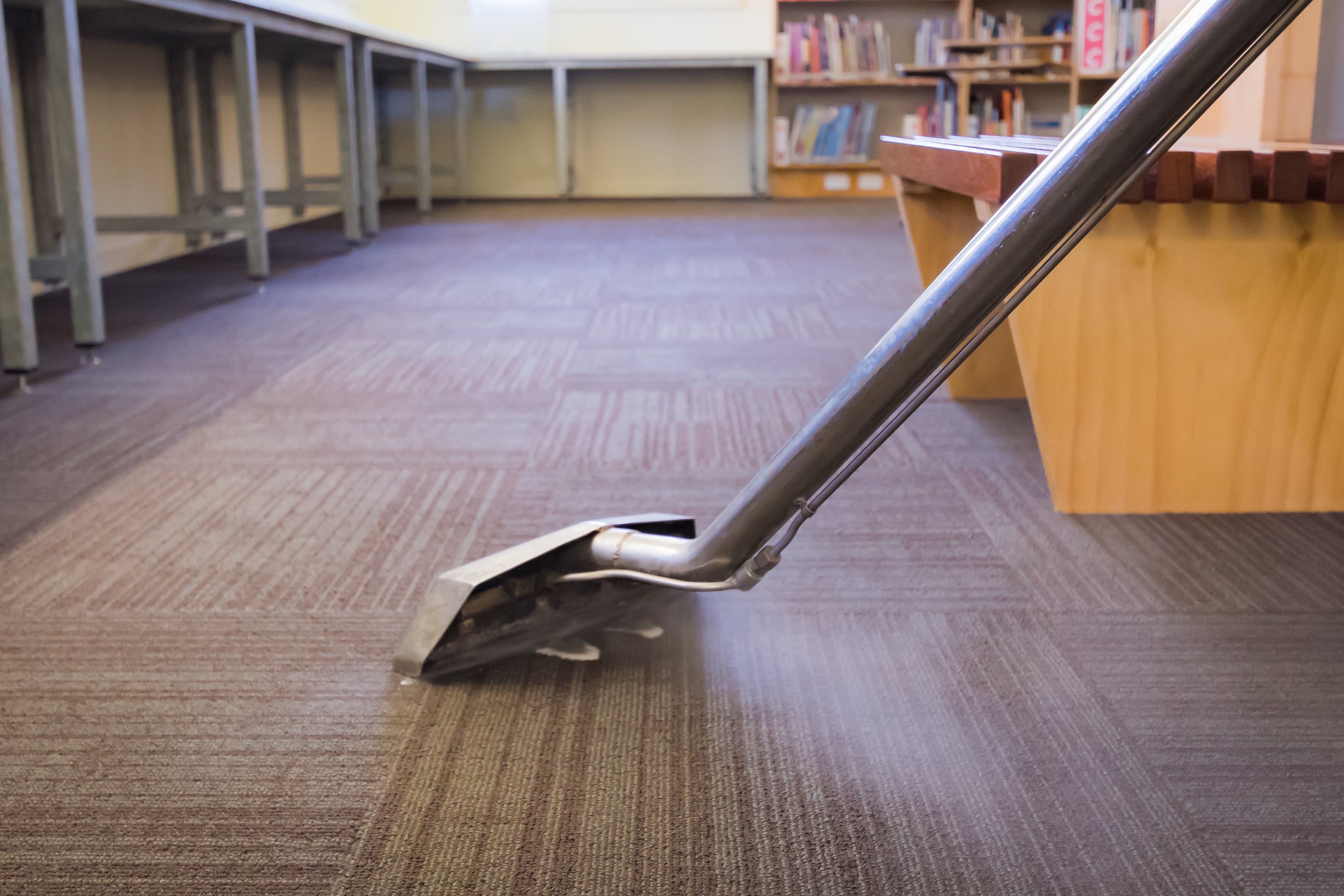Are you remodeling your home and trying to decide what kind of flooring to install? What’s better? Hardwoods? Carpets? Vinyl? Or perhaps tile? There are quite a few options out there, so let’s take a look what type of flooring might be best for your home.
The choice of flooring material is dependent on the purpose of the floor. Waterproof floors are necessary where large amounts of water will be (think bathrooms and possibly kitchens, where it’s nice to be able to mop up spills), and durability is important where many people will walk.
Vinyl flooring is typical of kitchens and other places where messes occur often. Vinyl is waterproof and easy to wipe up quickly. Because of its softness dropped dishes may survive a drop better than they would on other materials like tile or hardwood. Many vinyl floors are textured, however, and that may affect their cleanliness. It can be hard to get all those little indentations perfectly clean.

Vinyl can also be a good choice for the bathroom. It’s affordable, and here the texturing can be a boon. It may increase the non-slip properties so no one slips getting out of the shower. Joints and crevices may require additional work to waterproof and seal them to prevent water from seeping into underlying wood. In relation, when flooring your house, you may also want to consider tile and grout cleaning to maintain its quality and cleanliness.
Ceramic tile floors are also popular in kitchens and bathrooms for their resilience and ease-of-cleaning. The downside of ceramic is that because of its harder nature tile floors are not as forgiving on dishes and they may stay colder than the surrounding room. Throw rugs and mats may improve these qualities and protect a bather from sliding across their surface. Tiles are often inherently waterproof, however, because of the compounds used to install them.
Carpets are frequently chosen for living rooms and bedrooms. They are rated on several qualities and a high-traffic weave can be chosen for families constantly on the move. Adhesives and materials used in carpets once brought increased volatile organic chemicals into the home, which can irritate some residents, but newer compounds are in use with lower levels of VOCs.
Carpets are a warm and attractive addition to most living rooms because of their comfort. Walking barefoot on a carpet just feels better than on a cold hardwood or laminate floor.
Stain-resistant brands of carpeting are available that will not absorb dyes easily, meaning a glass of juice or wine or a plate of spaghetti isn’t an instant death sentence for the carpet. Stairways and other high-traffic areas usually see carpet because of its safety. Carpets are never slippery.
Hardwood floors are a sought-after addition because of their beauty. Depending on the manufacturer some styles may require periodic resealing or sanding to retain that beauty. The presence of increasing tree farms and renewable wood sources is bringing the costs down, both for installation and maintaining the floor. If you care about eco-friendly home improvements, then consider hardwoods made from recycled barn wood or from other reclaimed resources.

As well as functionality, aesthetics are an important part of choosing your flooring. This is your home and you want something that looks good.
If the room you are decorating is bright and has plenty of reflective accouterments then a glossy floor may be best. Darker or more sedate rooms often call for equally sedate flooring. Ice cold stone tiles may look good in the bathroom but probably won’t be welcome on your feet fresh out of bed in the morning.
There you go: a bit on carpets, vinyl, hardwoods, and ceramic tiles. These are among the most common flooring options out there, and this short overview should help you as you decide what type of flooring is best for you.

